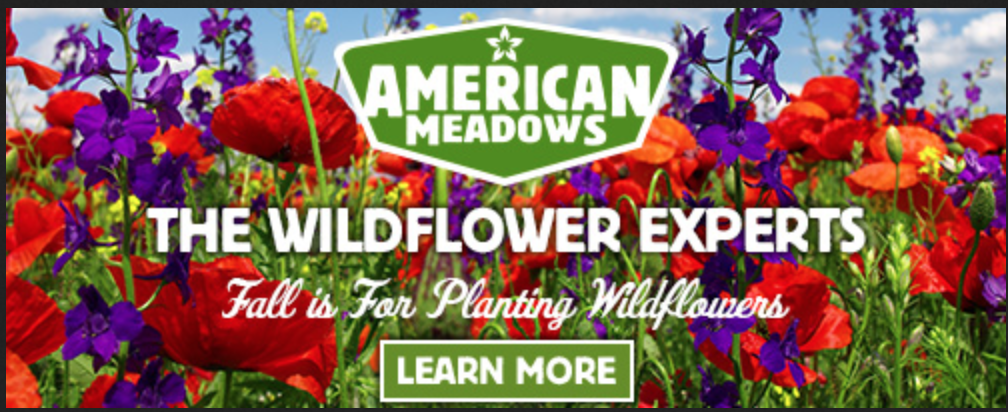Whether you love the scent or taste or neither, lavender is such as romantic flower you have to grow at least one. Lavender leaves and flowers are great additions to salads, soups, cookies, teas and cakes. I even buy chocolate bars with lavender in them. Yum. The dried  herb is great for sachets and potpourris. In the garden the blue-green lavender leaves and pink, blue or purple flowers make a soft, subtle statement.
herb is great for sachets and potpourris. In the garden the blue-green lavender leaves and pink, blue or purple flowers make a soft, subtle statement.
How to Use in Foodscaping
Lavender is hardy in USDA zones 5 to 9, so is well adapted to most climates. Plant lavender in a sunny, well-drained location on slightly alkaline soil in the perennial flower border or even among low growing shrubs. It’s well suited to an herb garden with other Mediterranean herbs and can dress up a rose bed or vegetable garden. Plant dwarf varieties in containers.
Attractive Varieties
There are many different types of lavenders. English lavender (Lavandula angustifolia), such has ‘Munstead’, is hardy to zone 5, grows 18 inches tall with blue flower. ‘Hidcote’ is another variety with dark purple flowers. ‘Dark Eyes’ French lavender (L. stoechas) is hardy in warmer climates (zone 8) and forms a nice bush with purple flowers. Fringed lavender (L. dentata) grows to 3 feet tall, but doesn’t have the strong scent another varieties offer. Spanish lavender (L. stoechas subsp. pedunculata) is hardy to zone 8, but has attractive pink-purple flowers with a strong scent.
Plant lavender with other sun and dry soil-loving perennials such as sage, salvia, perovskia and gayfeather. In warm climates, plants can get 3 feet or so tall, so they can be used as a low hedge or planted with low growing shrubs such as potentilla. Lavender looks great near many plants from hybrid roses bushes to cistus. Most lavenders grow in the 1 to 2 foot range so make nice additions to containers paired with creeping Mediterranean herbs, such as thyme.
Planting
Although you can start lavender from seed, it’s easier to purchase plants from a local garden center. Lavender grows best in full sun, on well-drained, semi-fertile soil. Plant in spring after all danger of frost has passed and space plants 1 to 3 feet apart. Once established, lavender is drought tolerant.
Growing
Fertilize lavender with compost in spring otherwise the plant is care free. Prune in spring to remove dead broken or diseased branches and to stimulate new growth. Cut back large plants by one third. Even though lavender is easy to grow, it is considered a short-lived perennial, so will eventually die, sometimes within 10 years. In cold winter areas, protect winter hardy varieties, such as ‘Munstead’ with a mound of bark mulch piled over the shrub in late fall. Remove the bark in spring and use as a mulch under the plant. Lavender is deer resistant and has few pests.
Harvesting
Collect flowers when they are open in the morning for best fragrance. Dry them in a well-ventilated warm room. Harvest stems with leaves as needed with cooking and crafts.
Excerpted from the book, Foodscaping (CSP, 2015)



